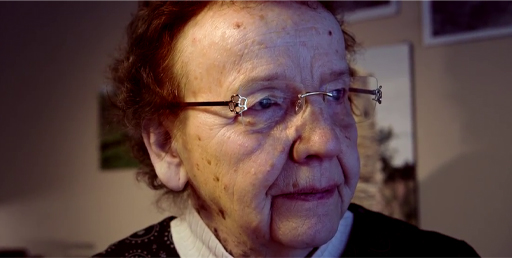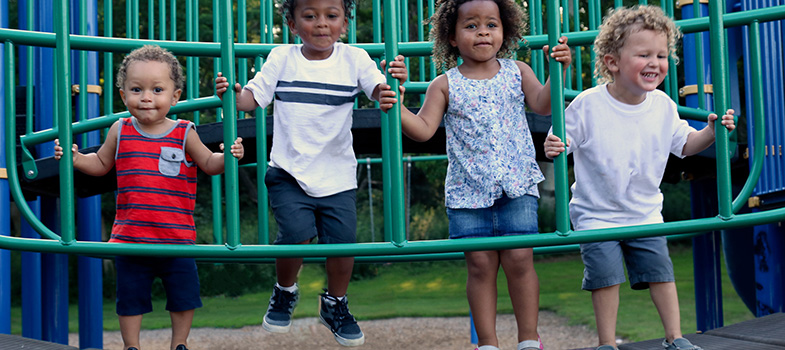1.3 The Second World War in Europe
In Europe, the Second World War meant that many children were displaced from their home country and consequently suffered physical and emotional trauma. These accounts about children and war from Western Europe are historical, but it is important to remember that children in the present day are experiencing similar challenges in conflict zones around the world. In the next activity, you’ll look at another child’s experience of the war.
Activity 2 Irja’s story
This video recounts the experience of Irja, who as a child had to leave her home in Finland during the war. As you watch this short video, consider the factors that may have helped her to survive this experience.

Transcript: Video 1
Discussion
Irja highlights the harshness of living as a displaced person; however, what is evident in her story is the importance of remaining part of a family. The video also illustrates the importance of having a person’s physical needs met; for example, having enough to eat. The video also makes a link between the importance of having the basic physical need of clothing supplied as a factor that can contribute to positive mental health and wellbeing. The gift of the brown shoes meant that Irja was able to attend school, where she would have had the opportunity to develop emotionally, socially and intellectually.
1.2 Case study: the impact of war on children



